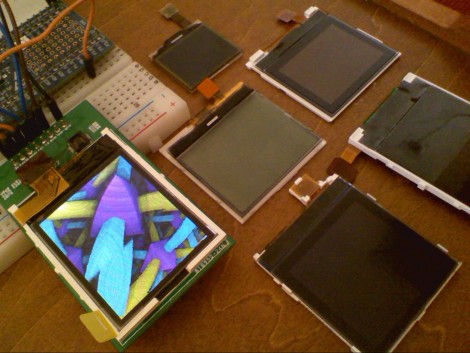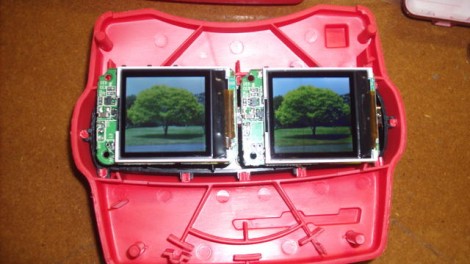[Rossum’s] taking a look at the Nokia LCD screens that are both plentiful and begging to be bent to your will. For quite some time the Nokia 6100 screens have been used in a lot hacks, but he wanted to see what else is out there. He digs into his junk box of cell phones and comes up with a couple to test; the Nokia 6101 and Nokia 2760. The screens use a 3-wire SPI interface, which he sniffs out with a logic analyzer. At power-up the cellphone polls the screen to determine which type of LCD controller is connected. [Rossum] grabs these commands from the logic analyzer and uses it to determine the hardware in use with each screen.
He made himself a nice breakout board which has connectors for several different screens. The firmware he’s using detects when a screen is attached and switches to the applicable protocol for that display. Take a look at the video after the break.

















